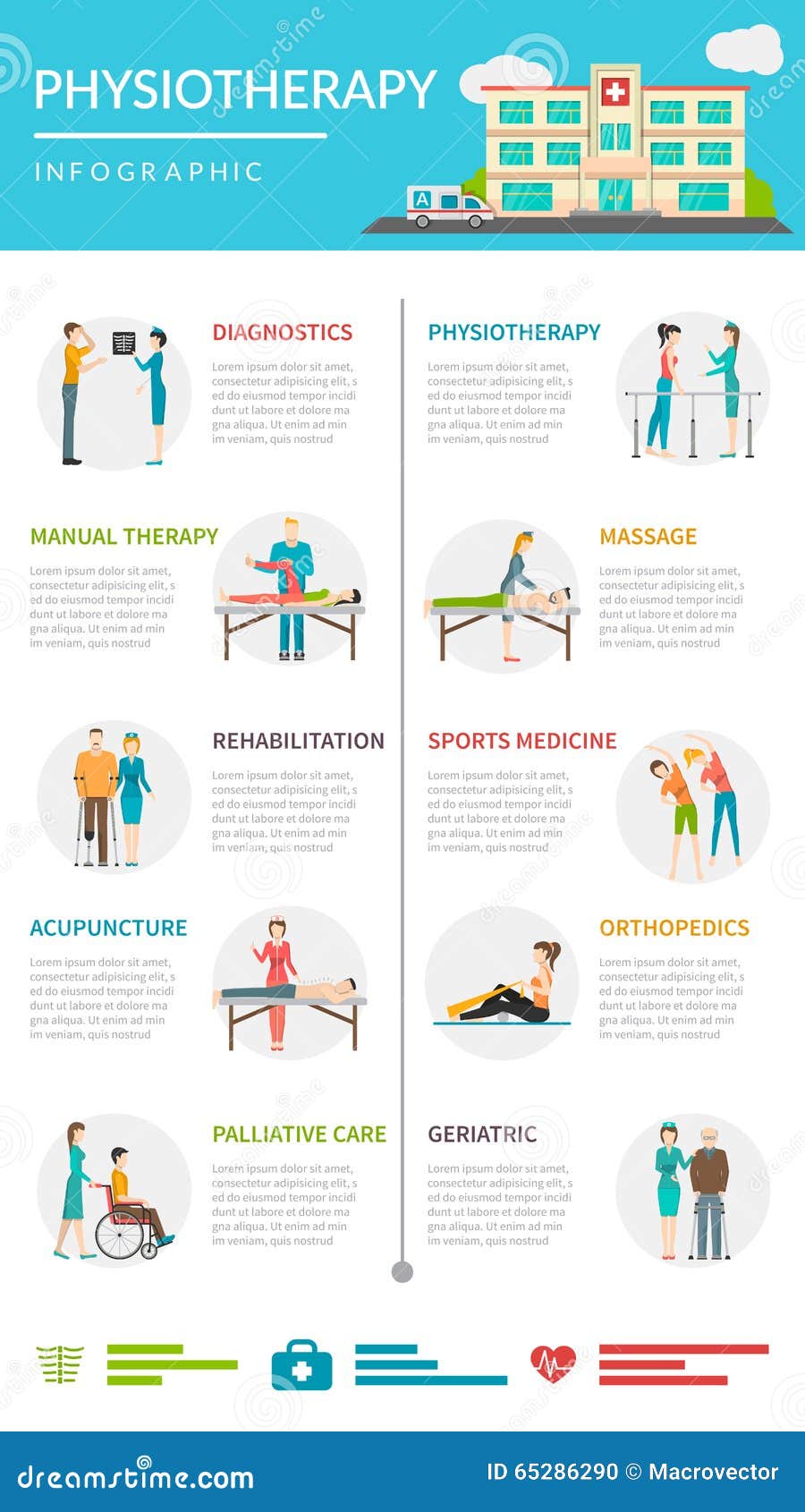Address Pain In The Back By Determining The Daily Regimens That Could Be Contributing To It; Small Adjustments Can Lead The Way To A Life Without Pain
Address Pain In The Back By Determining The Daily Regimens That Could Be Contributing To It; Small Adjustments Can Lead The Way To A Life Without Pain
Blog Article
Developed By-Mckay Landry
Preserving proper pose and staying clear of usual pitfalls in day-to-day activities can considerably affect your back health. From exactly how you sit at your desk to just how you raise heavy objects, small modifications can make a huge distinction. Think of a day without the nagging back pain that prevents your every action; the solution may be easier than you assume. By making a few tweaks to your day-to-day practices, you could be on your means to a pain-free presence.
Poor Posture and Sedentary Lifestyle
Poor position and a less active lifestyle are 2 significant factors to back pain. When you slouch or suspicion over while sitting or standing, you put unneeded strain on your back muscles and spine. This can cause muscle inequalities, tension, and eventually, persistent back pain. Furthermore, sitting for extended periods without breaks or exercise can compromise your back muscle mass and lead to tightness and discomfort.
To battle inadequate position, make an aware effort to sit and stand straight with your shoulders back and aligned with your ears. Bear in mind to keep your feet level on the ground and prevent crossing your legs for prolonged periods.
Integrating normal extending and strengthening exercises right into your everyday routine can also aid boost your posture and alleviate pain in the back connected with a less active way of living.
Incorrect Lifting Techniques
Inappropriate lifting methods can considerably contribute to neck and back pain and injuries. When you raise heavy objects, remember to flex your knees and utilize your legs to lift, as opposed to relying upon your back muscular tissues. Avoid turning your body while training and keep the things near to your body to lower strain on your back. It's essential to preserve a straight back and stay clear of rounding your shoulders while lifting to stop unneeded pressure on your spine.
Constantly examine the weight of the object prior to raising it. If it's too heavy, ask for help or use equipment like a dolly or cart to deliver it safely.
Bear in mind to take breaks throughout lifting jobs to provide your back muscular tissues an opportunity to rest and prevent overexertion. By implementing appropriate lifting techniques, you can prevent pain in the back and minimize the danger of injuries, ensuring your back stays healthy and balanced and strong for the long-term.
Lack of Routine Exercise and Stretching
A less active way of life without routine exercise and stretching can dramatically contribute to pain in the back and pain. When you do not participate in exercise, your muscles become weak and inflexible, causing poor stance and boosted pressure on your back. Regular exercise assists reinforce the muscles that support your back, improving security and minimizing the threat of neck and back pain. Integrating stretching into your regimen can also boost versatility, avoiding tightness and discomfort in your back muscle mass.
To prevent pain in the back triggered by an absence of exercise and extending, go for a minimum of thirty minutes of moderate physical activity most days of the week. Consist of workouts that target your core muscular tissues, as a solid core can aid alleviate pressure on your back.
In addition, take breaks to stretch and move throughout the day, especially if you have a workdesk task. Basic stretches like touching your toes or doing shoulder rolls can aid relieve stress and avoid pain in the back. Prioritizing regular workout and extending can go a long way in maintaining a healthy and balanced back and minimizing pain.
Conclusion
So, keep in mind to sit up straight, lift with your legs, and remain energetic to prevent back pain. By making chelation therapy to your daily behaviors, you can prevent the discomfort and constraints that come with pain in the back. Take care of your back and muscle mass by practicing excellent position, proper lifting methods, and regular workout. Your back will thanks for it!
